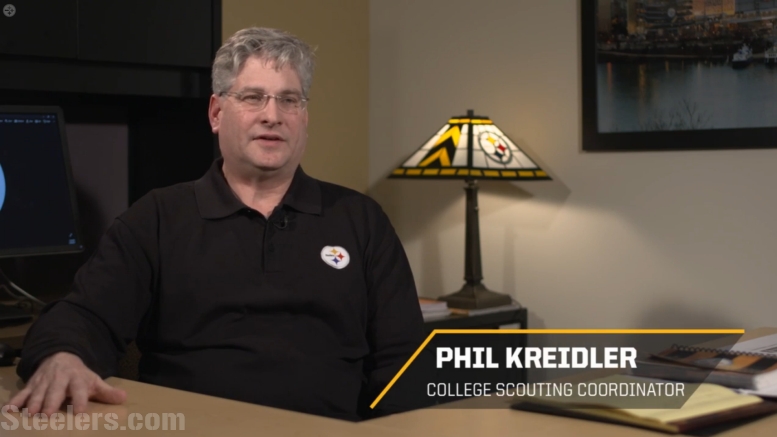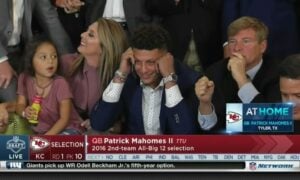As we head into Day Two of the 2017 NFL Draft, is should go without saying that we begin to move into a territory in which we find players who may not be as complete, or who lack the potential, in comparison to those who go into the first round. That will obviously be more true of the Day Three picks, but all the same, it brought me back to a passage from the pre-draft process video that the Pittsburgh Steelers recently put up on their website.
General Manager Kevin Colbert and College Scouting Coordinator Phil Kreidler were interviewed fairly extensively in the piece, and they both talked about one of the defining principles that guide their evaluation process, which is a pretty simple concept, but I’ll let Colbert tell it.
“The best piece of advice I ever got was ‘don’t look for negatives. Keep looking for positives until you know it’s not there”, he said. It’s a pretty intuitive idea, but I think it helps to shape a certain mentality. You can become blinded if you identify a fault in a prospect and dismiss him too hastily.
“We always want to focus on what they can do rather than what they can’t”, Kreidler said in following up, “because if they can do a lot of positive things, then we can coach and improve some of their deficiencies.” And there is no doubt some proof in the proverbial pudding on the current roster if one really cares to take a look.
Already, I think the Steelers’ rookies from 2016 made great strides in improving some of their deficiencies from their college tape. Javon Hargrave’s hand usage was something that even he acknowledged he had to work on, but a crash course with John Mitchell has it already developing into a strength.
We saw tackling issues from Sean Davis in his college tape despite his high volume of tackles. We also saw that show up during the year, but there was also very obvious improvement as the season wore on and he got more reps under his belt. That requires coaching.
I think this is an important lesson to keep into focus as we head deeper and deeper into the draft. At this stage and beyond, you’re going to be looking at prospects who are going to have those warts and deficiencies.
The idea is to identify and target the players with whom you believe you will be able to work to clean up those issues, provided that they have the upside traits that make taking the gamble worth the risk. It doesn’t always pay off—Travis Feeney, for example—but it does often enough. Look for the positives.








